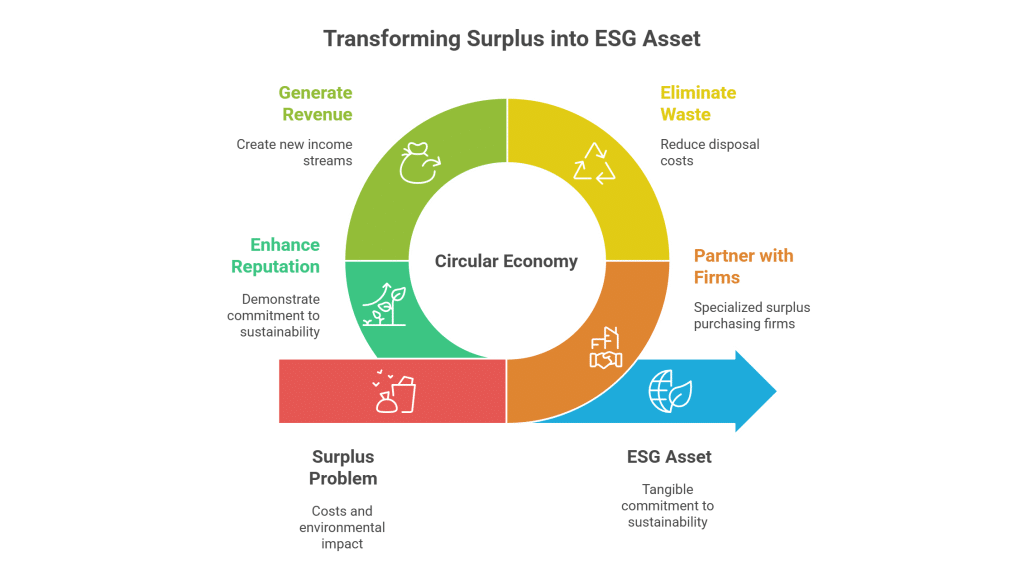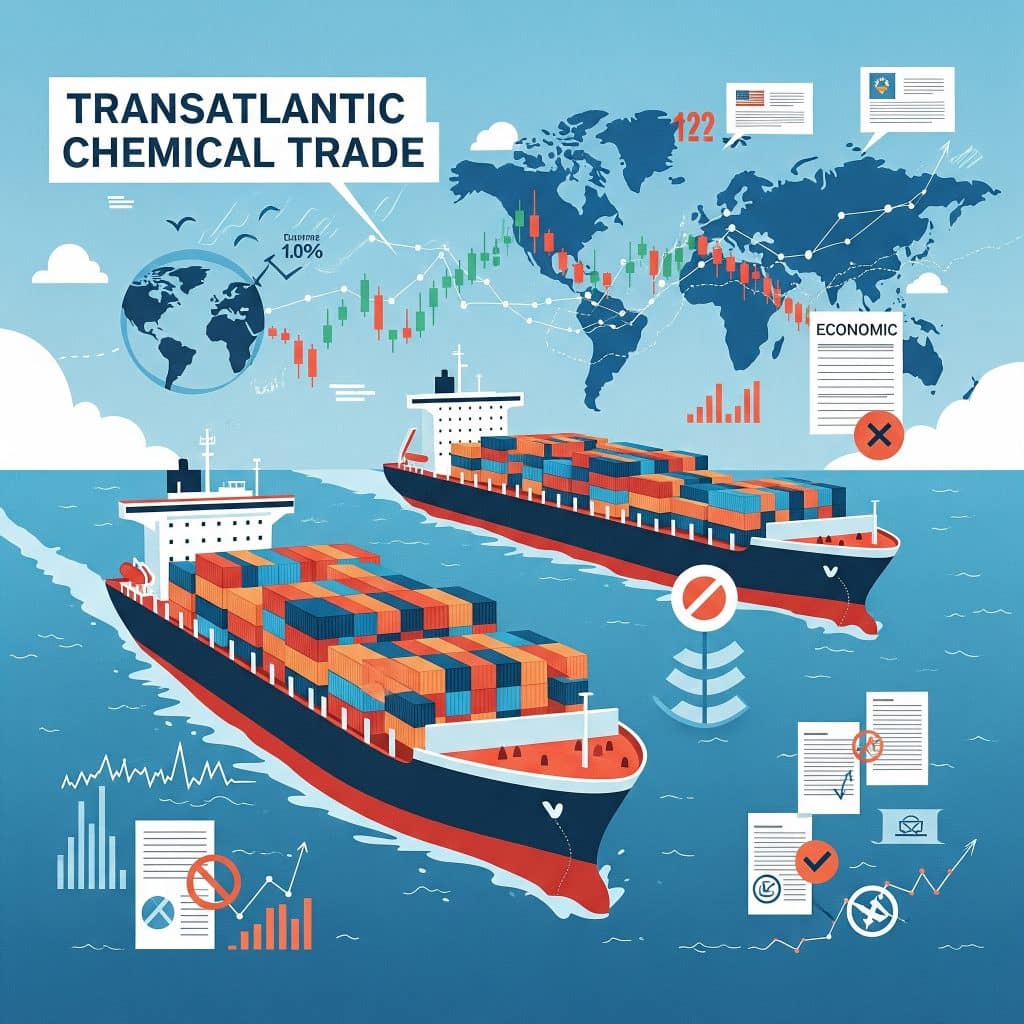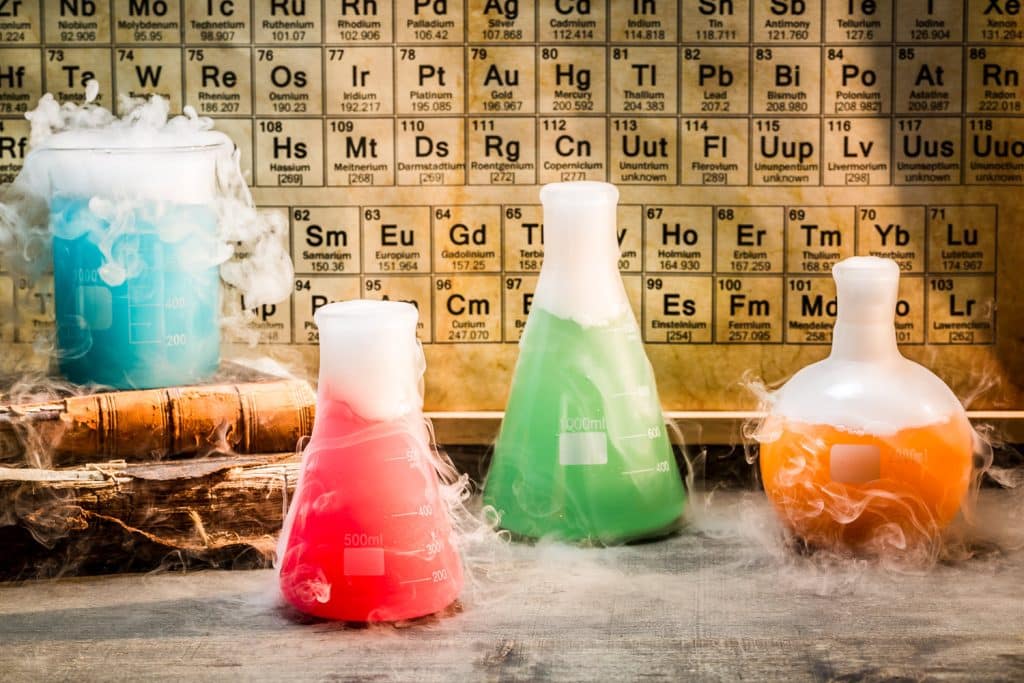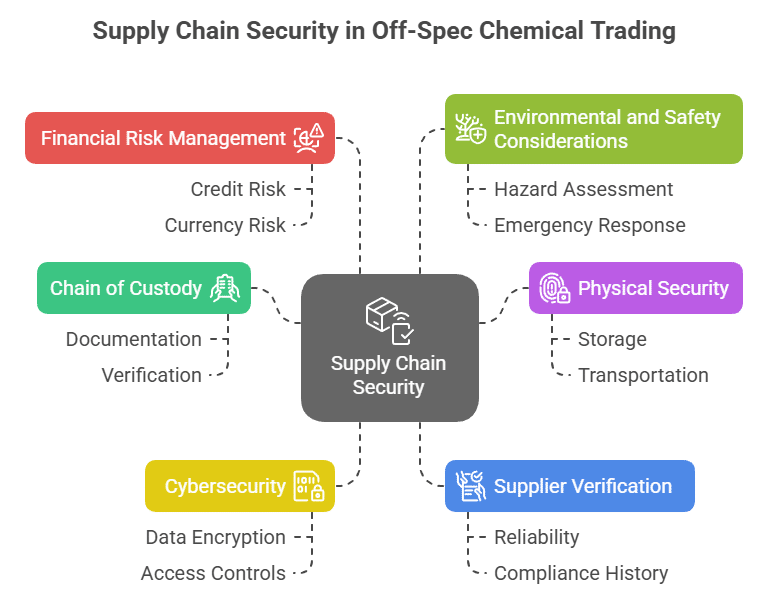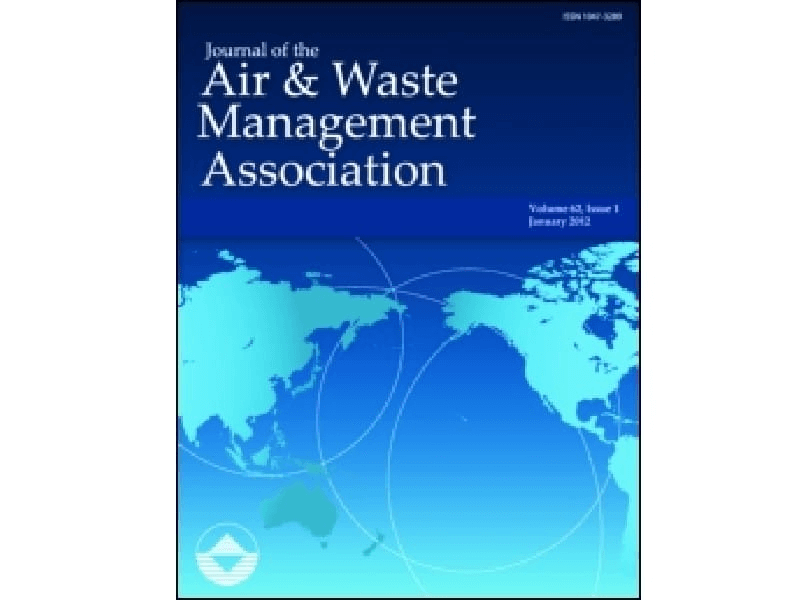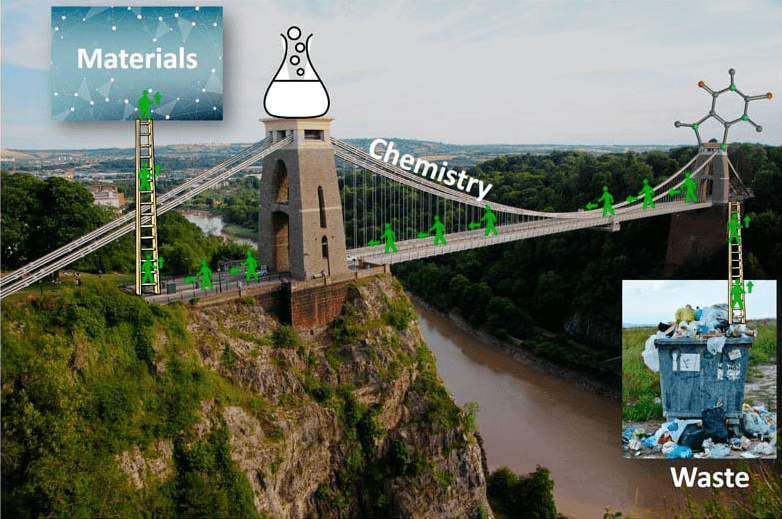Unlocking Value: Citric Acid in Food Additives and Cleaning Products
Citric Acid Surplus Trading in Food Additives & Cleaning Products - Unlock Value and Sustainability
Citric Acid in Food Additives / Cleaning Products
Table of Contents
Successful Surplus Trading: Turning Excess Citric Acid into Profit
A mid-sized manufacturer specializing in food additives and cleaning products faced challenges managing a significant surplus of citric acid. Instead of incurring high disposal fees and storage costs, the company leveraged an online surplus chemical trading platform to sell its excess inventory. This strategic move not only freed up valuable storage space but also generated immediate revenue, enabling reinvestment in other critical areas of production. By rechanneling the surplus into a controlled marketplace, the company enhanced its sustainability credentials by reducing waste and lowering its environmental footprint. The successful transaction attracted attention from both small-scale producers and large distributors, who appreciated the cost savings and reliability of the surplus material. Ultimately, this approach demonstrated that smart inventory management could yield economic and environmental benefits simultaneously.

